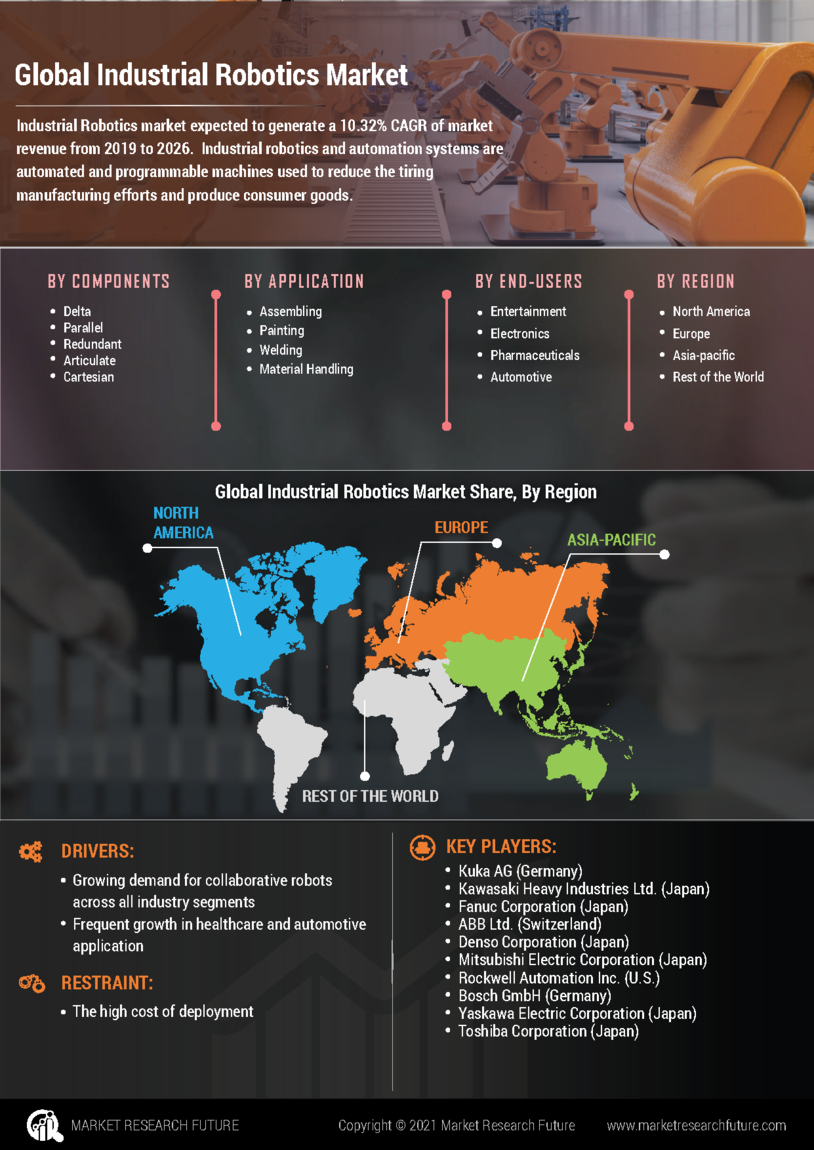Beyond Task Management: Discovering the Hidden Benefits of Virtual Personal Assistants
In our fast-paced world, the demand for efficient task management and personal organization has led to the widespread adoption of Virtual Personal Assistant Services. These virtual assistants are not mere tools for managing to-do lists and schedules; they have evolved into sophisticated tools that offer a range of benefits far beyond traditional task management. While the term "Virtual Personal Assistant Service" might initially conjure images of automated reminders and calendar entries, the capabilities of these assistants now extend into realms like natural language understanding, smart content generation, and personalized recommendations. The subtlety with which these services have transformed is remarkable and largely hidden from cursory views – a testament to the advancements in AI and linguistic analysis.
The AI Detection Challenge
The distinction between AI-generated content and human-written text is blurring as AI models become more sophisticated. But how can you detect AI-generated content, especially when it's been designed to mimic human writing to a remarkable extent? Techniques for identifying AI-generated text have evolved alongside the capabilities of AI itself. Linguistic analysis, in particular, has emerged as a crucial tool in this regard.
Classifier-Based Detection
One of the primary techniques employed in detecting AI-generated text is the use of classifiers. These are machine learning models that categorize or classify data into predefined classes. In the context of content detection, classifiers analyze language patterns, grammar, style, and tone to differentiate AI-generated content from human-written text. A classifier can be trained using labeled data, where examples of AI-generated and human-written content are provided for learning.
Consider a scenario where a classifier is trained on a dataset containing examples of both AI-generated and human-written sentences. Through this training, the classifier learns to recognize patterns specific to AI-generated content, such as certain unusual word combinations or syntactic structures that might not commonly occur in human writing. Once trained, this classifier can then identify new content as AI-generated or human-written based on the patterns it has learned.
Embedding for Detection
Embeddings, another powerful technique, are used to represent words, phrases, or language elements in a high-dimensional vector space. These vectors capture the semantic meaning and relationships between words. In content detection, embeddings can represent words in a text, and these representations can then be fed into a machine learning model for classification.
Word frequency analysis is a subcategory of embedding analysis. It involves studying the frequency of specific words in a text. AI-generated content often exhibits repetitive phrases that might not be common in human writing. For instance, a text like "AI technologies are often hard to understand. Companies include AI technologies more often than before. AI technology is the future of the world" might have a high word frequency for "AI technology." This kind of repetitive pattern could be indicative of AI generation.
Burstiness Analysis
Burstiness analysis is an intriguing technique that involves identifying when certain words or phrases are used more frequently within a short span. AI models tend to repeat words and phrases that they have encountered frequently during training. Thus, a sudden burst of such repetitions in a text could indicate AI-generated content.
This concept is rooted in the observation that AI models, due to their training data, often display an overuse of certain terms or a lack of linguistic variation. Burstiness analysis involves assessing the variation of sentences and detecting instances where a specific word or phrase is used more frequently than would be expected in human-written content.
Conclusion
Virtual Personal Assistant Services have transcended their initial role as mere task managers, transforming into intelligent aides that streamline our lives in myriad ways. This transformation, driven by advancements in AI and linguistic analysis, has also given rise to the challenge of distinguishing between AI-generated and human-written content.
WEBSITE - https://www.vpalondon.co.uk/virtual-personal-assistant-services-is-the-need-of-a-business-owner/
In our fast-paced world, the demand for efficient task management and personal organization has led to the widespread adoption of Virtual Personal Assistant Services. These virtual assistants are not mere tools for managing to-do lists and schedules; they have evolved into sophisticated tools that offer a range of benefits far beyond traditional task management. While the term "Virtual Personal Assistant Service" might initially conjure images of automated reminders and calendar entries, the capabilities of these assistants now extend into realms like natural language understanding, smart content generation, and personalized recommendations. The subtlety with which these services have transformed is remarkable and largely hidden from cursory views – a testament to the advancements in AI and linguistic analysis.
The AI Detection Challenge
The distinction between AI-generated content and human-written text is blurring as AI models become more sophisticated. But how can you detect AI-generated content, especially when it's been designed to mimic human writing to a remarkable extent? Techniques for identifying AI-generated text have evolved alongside the capabilities of AI itself. Linguistic analysis, in particular, has emerged as a crucial tool in this regard.
Classifier-Based Detection
One of the primary techniques employed in detecting AI-generated text is the use of classifiers. These are machine learning models that categorize or classify data into predefined classes. In the context of content detection, classifiers analyze language patterns, grammar, style, and tone to differentiate AI-generated content from human-written text. A classifier can be trained using labeled data, where examples of AI-generated and human-written content are provided for learning.
Consider a scenario where a classifier is trained on a dataset containing examples of both AI-generated and human-written sentences. Through this training, the classifier learns to recognize patterns specific to AI-generated content, such as certain unusual word combinations or syntactic structures that might not commonly occur in human writing. Once trained, this classifier can then identify new content as AI-generated or human-written based on the patterns it has learned.
Embedding for Detection
Embeddings, another powerful technique, are used to represent words, phrases, or language elements in a high-dimensional vector space. These vectors capture the semantic meaning and relationships between words. In content detection, embeddings can represent words in a text, and these representations can then be fed into a machine learning model for classification.
Word frequency analysis is a subcategory of embedding analysis. It involves studying the frequency of specific words in a text. AI-generated content often exhibits repetitive phrases that might not be common in human writing. For instance, a text like "AI technologies are often hard to understand. Companies include AI technologies more often than before. AI technology is the future of the world" might have a high word frequency for "AI technology." This kind of repetitive pattern could be indicative of AI generation.
Burstiness Analysis
Burstiness analysis is an intriguing technique that involves identifying when certain words or phrases are used more frequently within a short span. AI models tend to repeat words and phrases that they have encountered frequently during training. Thus, a sudden burst of such repetitions in a text could indicate AI-generated content.
This concept is rooted in the observation that AI models, due to their training data, often display an overuse of certain terms or a lack of linguistic variation. Burstiness analysis involves assessing the variation of sentences and detecting instances where a specific word or phrase is used more frequently than would be expected in human-written content.
Conclusion
Virtual Personal Assistant Services have transcended their initial role as mere task managers, transforming into intelligent aides that streamline our lives in myriad ways. This transformation, driven by advancements in AI and linguistic analysis, has also given rise to the challenge of distinguishing between AI-generated and human-written content.
WEBSITE - https://www.vpalondon.co.uk/virtual-personal-assistant-services-is-the-need-of-a-business-owner/
Beyond Task Management: Discovering the Hidden Benefits of Virtual Personal Assistants
In our fast-paced world, the demand for efficient task management and personal organization has led to the widespread adoption of Virtual Personal Assistant Services. These virtual assistants are not mere tools for managing to-do lists and schedules; they have evolved into sophisticated tools that offer a range of benefits far beyond traditional task management. While the term "Virtual Personal Assistant Service" might initially conjure images of automated reminders and calendar entries, the capabilities of these assistants now extend into realms like natural language understanding, smart content generation, and personalized recommendations. The subtlety with which these services have transformed is remarkable and largely hidden from cursory views – a testament to the advancements in AI and linguistic analysis.
The AI Detection Challenge
The distinction between AI-generated content and human-written text is blurring as AI models become more sophisticated. But how can you detect AI-generated content, especially when it's been designed to mimic human writing to a remarkable extent? Techniques for identifying AI-generated text have evolved alongside the capabilities of AI itself. Linguistic analysis, in particular, has emerged as a crucial tool in this regard.
Classifier-Based Detection
One of the primary techniques employed in detecting AI-generated text is the use of classifiers. These are machine learning models that categorize or classify data into predefined classes. In the context of content detection, classifiers analyze language patterns, grammar, style, and tone to differentiate AI-generated content from human-written text. A classifier can be trained using labeled data, where examples of AI-generated and human-written content are provided for learning.
Consider a scenario where a classifier is trained on a dataset containing examples of both AI-generated and human-written sentences. Through this training, the classifier learns to recognize patterns specific to AI-generated content, such as certain unusual word combinations or syntactic structures that might not commonly occur in human writing. Once trained, this classifier can then identify new content as AI-generated or human-written based on the patterns it has learned.
Embedding for Detection
Embeddings, another powerful technique, are used to represent words, phrases, or language elements in a high-dimensional vector space. These vectors capture the semantic meaning and relationships between words. In content detection, embeddings can represent words in a text, and these representations can then be fed into a machine learning model for classification.
Word frequency analysis is a subcategory of embedding analysis. It involves studying the frequency of specific words in a text. AI-generated content often exhibits repetitive phrases that might not be common in human writing. For instance, a text like "AI technologies are often hard to understand. Companies include AI technologies more often than before. AI technology is the future of the world" might have a high word frequency for "AI technology." This kind of repetitive pattern could be indicative of AI generation.
Burstiness Analysis
Burstiness analysis is an intriguing technique that involves identifying when certain words or phrases are used more frequently within a short span. AI models tend to repeat words and phrases that they have encountered frequently during training. Thus, a sudden burst of such repetitions in a text could indicate AI-generated content.
This concept is rooted in the observation that AI models, due to their training data, often display an overuse of certain terms or a lack of linguistic variation. Burstiness analysis involves assessing the variation of sentences and detecting instances where a specific word or phrase is used more frequently than would be expected in human-written content.
Conclusion
Virtual Personal Assistant Services have transcended their initial role as mere task managers, transforming into intelligent aides that streamline our lives in myriad ways. This transformation, driven by advancements in AI and linguistic analysis, has also given rise to the challenge of distinguishing between AI-generated and human-written content.
WEBSITE - https://www.vpalondon.co.uk/virtual-personal-assistant-services-is-the-need-of-a-business-owner/









